- 41-year journey of Dat Mui Photo Newspaper
- Dat Mui Photo Newspaper - Proud of 41 years of fulfilling the mission to the homeland
- Remember the roof of Dat Mui Photo Newspaper!
According to Journalist - Photographer Truong Hoang Them , former Deputy Editor-in-Chief of Dat Mui Photo Newspaper, former Chairman of the Literature and Arts Association of Ca Mau Province: “The nature of journalism at that time was that you only needed talent to “jump in”, and thanks to your love for the job, you overcame everything, many of us grew up from the beginning. The content, marketing... at that time were directly done by Kien Hung, without any committee. Le Nguyen had to measure the size of each space planned for photos on the market, then go to the darkroom to enlarge the photos, Xuan Dung was in charge of printing. At that time, there was no money to print the newspaper, so where could we get royalties? There were only allowances, not salaries. In the most difficult times, reporters volunteered to work, just to have news and photos published in the newspaper, which was a joy, without receiving royalties.”
Photo story
Specializing in photography and photo enlargement, according to Journalist - Artist Le Nguyen, Vice President of the Vietnam Association of Artists, former Editor-in-Chief of Dat Mui Photo Newspaper, at that time, the means of work were rudimentary, the newspaper published one issue each year on the occasion of Tet, printed in black and white, only the first and fourth covers were printed in color, the photos of these two covers were also black and white and then colored. Every month, the newspaper published a poster, mainly photo news printed in 2 colors, size 79 x 109 cm, the quantity was from 500-1,000 copies depending on the event, distributed to the district departments and branches. With such work, the photography department was also small, only 5-7 people.
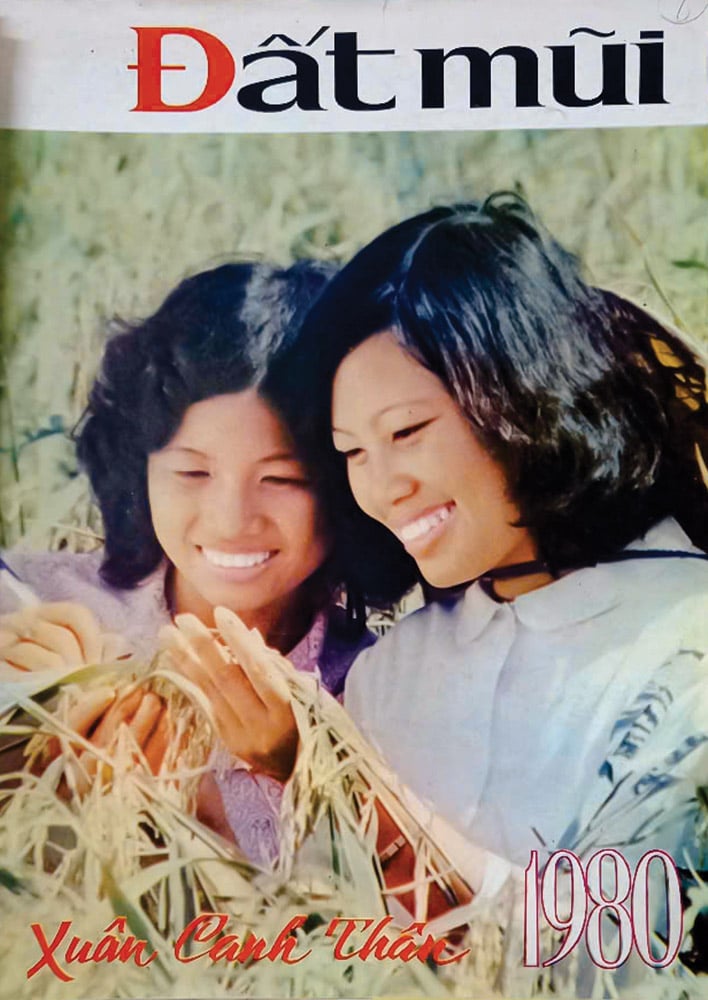
Since 1983, the newspaper was published every three months, at which time it recruited more reporters, technicians, administrative staff and some who had just returned from school. The brothers graduated from high school and had a talent for writing, but had not received any professional training. Most of them only took the information and photography class recruited by the Department of Culture and Information. While studying and working, the brothers guided each other. Usually, on business trips, there had to be two reporters, one writer and one photographer; there were not many cameras to equip everyone, sometimes 2 or 3 people shared one camera. The film was rated at 36 types, so 10 photos had to be selected, enough for newspapers, posters and documents. A trip was given no more than two rolls of film, so each time we took a photo, we had to consider the angle, adjust the distance and light carefully. Such working conditions helped improve the skills of many brothers such as: Truong Hoang Them, Lam Thanh Dam, Tran Viet Dung, Tran Quoc Tuan, Trinh Xuan Dung... who later became Vietnamese artists.
“The agency specialized in photography so they made a darkroom out of khaki fabric, sewn in two layers, like a mosquito net, with only a fan inside. To develop film, you had to get up early to cool down the temperature. To enlarge photos during the day, you could not wear clothes in the darkroom because it was too hot, the light bulb of the enlarger gave off heat and trapped the air, you had to crawl out every 30 minutes, your body was wet as if it had been rained on, but the happiest thing was that the enlarged photos were beautiful, accurate in size, and accepted by the printer,” said Journalist - Artist Le Nguyen.
Newspaper printing
In the 80s and 90s, Dat Mui Photo Newspaper was enthusiastically received by the people because of its beautiful printed images. For about ten years, from 1980 to 1990, often near Tet, he had to stay in Saigon ( Ho Chi Minh City) for several months. Journalist - Artist Trinh Xuan Dung, former Editor-in-Chief of Dat Mui Photo Newspaper, mused: "The first days of working as a newspaper were difficult, the most troublesome part was the printing. One time, on New Year's Eve, I was still waiting at the printing house, outside there were fireworks going off, but my heart was restless and impatient, just waiting until morning, hoping that the newspaper would be printed in time so that I could immediately transport it to Ca Mau".
In difficult times, normal printing was difficult, but with early photo newspapers it was even more difficult, because of the many images, there were also restrictions on where to print them, such as posters that were too large, so not every place could print them. Besides the newspaper, there were many other jobs to earn money to "feed the newspaper": printing calendars, books, medical documents... The person in charge of printing had to follow closely and do it carefully.
At that time, there were printing houses in the province, but they only printed typography, lead, and black and white; old machines could also print, but the most difficult thing was buying materials, which small printing houses could not access. During the subsidy period, printing materials were limited, and procedures were complicated, so printing could only be done at Tran Phu Printing House (Saigon).
The newspaper was published every 3 months, then every 2 months, every 1 month, gradually shortening. Each time it went to print, it had to stay for a whole month to finish. Being assigned to take care of this important task, Journalist - Artist Xuan Dung had to stay there almost the whole time. “The whole editorial office had only a dozen people, the articles were all handwritten on paper, after the Editorial Board reviewed and edited, they were typed. At that time, the agency only had one typewriter and only one person used it. The photo editing and darkroom were handled by Le Nguyen. The photo articles were collected, the ideas were sketched out, the preliminary presentation was brought to Saigon, and an artist was found to complete the presentation. At that time, it was only hand-drawn, which was time-consuming. Sometimes it was impossible to estimate, the typeset had already been arranged, if we wanted to remove something, we had to take it all apart and rearrange it again,” Mr. Dung said.
Having worked at the photo newspaper since 1981, Mr. Trinh Xuan Dung recalls: “At that time, I was neither a reporter nor an editor. I fixed any mistakes I made, and I just devoted all my energy, sometimes staying up all night to keep up with the work progress. Everyone in the agency was unanimous in taking care of every step, down to the smallest detail. For example, to have a beautiful cufflink that could be used permanently later, it had to go through 4 times of design, use, and then editing. At that time, the headline had to be hand-drawn by an artist on glossy paper. Newspapers were often printed late, and sometimes I had to beg the printing house to send the newspaper back first, then pay later. Luckily, I worked there for a long time and became close friends, from the security guard to the director, so the printing house was very understanding.”
Early business stories
According to Mr. Trinh Xuan Dung, the person who contributed with his colleagues to take care of "bread and butter" for Dat Mui Photo Newspaper in the beginning was Journalist - Artist Truong Hoang Them. Being attached to Dat Mui Photo Newspaper, both working and composing photos, being admitted to the Vietnam Association of Artists at the same time as Journalist Le Nguyen, before transferring to the Provincial Association of Literature and Arts , he devoted all his efforts to the newspaper's economy, paperwork, administrative organization and governance. According to Mr. Truong Hoang Them: "The biggest thing is the attention and support of the provincial leaders for the newspaper to operate well. In the beginning, all current issues and events of the whole year were concentrated on making the spring newspaper, not published periodically, due to the lack of funding, so the remaining time was only spent on events and propaganda requirements. The newspaper was published infrequently so posters were published more frequently, the happiest thing was seeing people post newspapers in their homes for decoration".
At that time, photo newspapers had 3 sources of income: the province gave shrimp, exchanged shrimp for paper; took the opportunity to train photographers in foreign countries while taking photos to earn money; took advantage of the strength of photography to print calendars for sale, commonly sheet calendars (1 sheet, 7 sheets).
From a temporary license, serving the propaganda needs of each period, to a new stage, when the domestic press, especially in Ho Chi Minh City, began to develop, photo newspapers needed a license, published periodically, so that readers could easily receive it. Recalling the story of spending 2 weeks in Hanoi to apply for a publishing license, Mr. Truong Hoang Them expressed his gratitude to Mr. Doan Thanh Vi (Ba Vi, Secretary of the Provincial Party Committee) and Mr. Tran Trong Tan, Head of the Central Ideology and Culture Committee at that time, who created conditions and introduced him to the Publishing Department to apply for a license, with a very legitimate reason: In the remote Dat Mui, the people still had many difficulties, the people's education was low, and people were busy working and producing, so photo newspapers were suitable to carry out the task of propaganda and encouraging the people.
“Because it is mainly about images, photographers also concentrate in large numbers on the unit. Ca Mau is one of the provinces with many members of the Vietnam Association of Photographic Artists, thanks to the human resources from Dat Mui Photo Newspaper, a newspaper that not only serves propaganda but also contributes greatly to the development of artistic photography. Today, Dat Mui Photo Newspaper belongs to memories, but there was a time when, in hardship and deprivation, photojournalists contributed greatly to the development of journalism and the construction of the homeland and the country,” Mr. Truong Hoang Them affirmed./.
Good Heart
Source: https://baocamau.vn/buoi-dau-lam-bao-anh-a39802.html


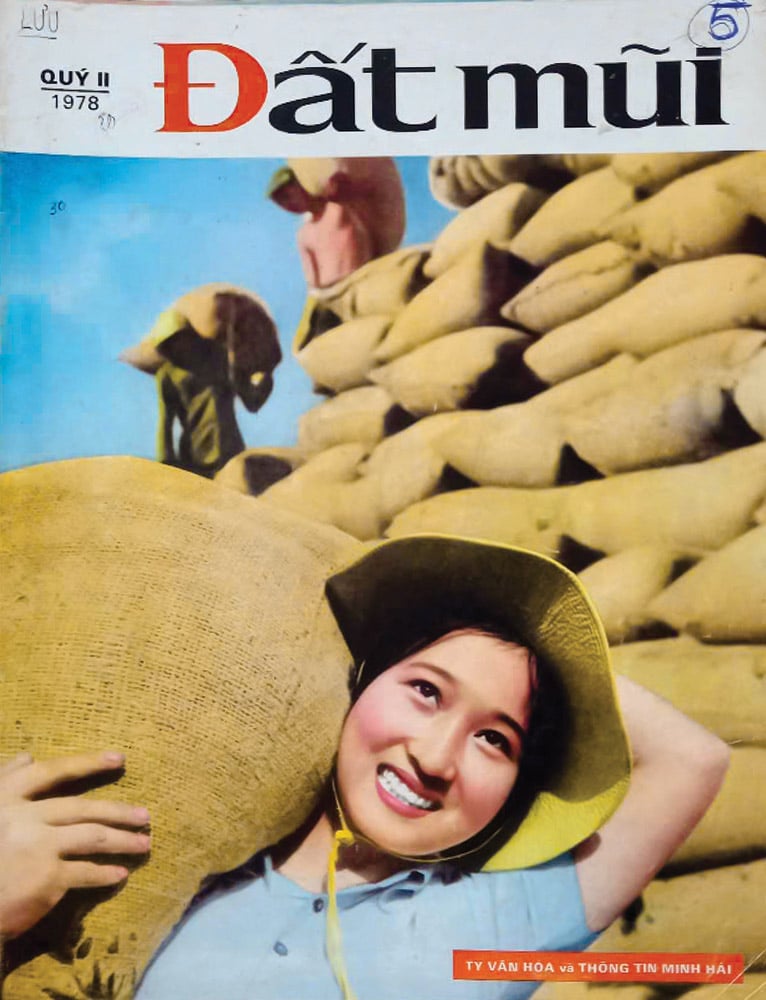
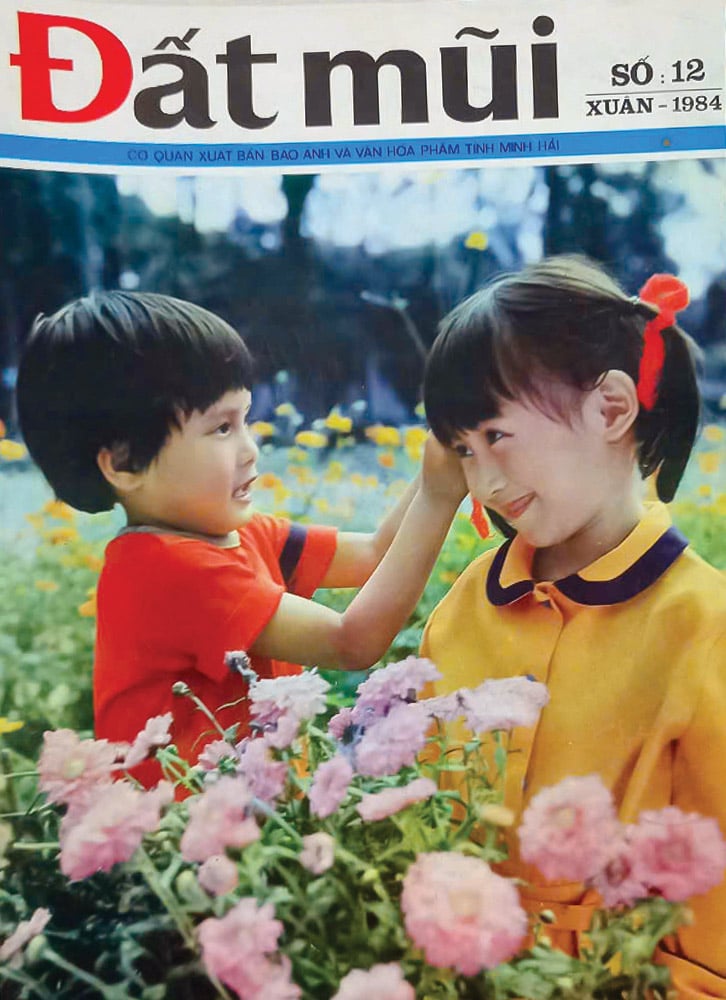
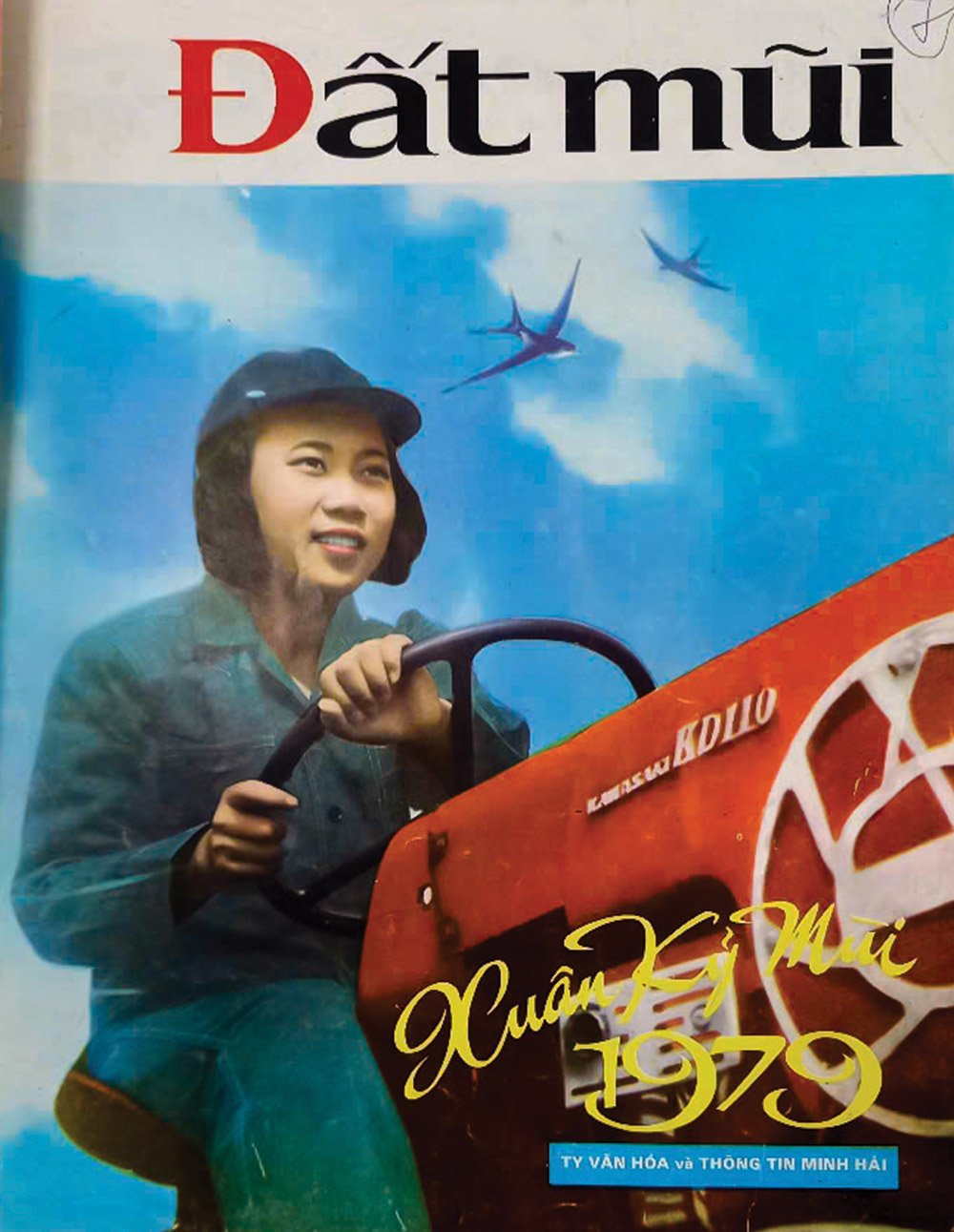






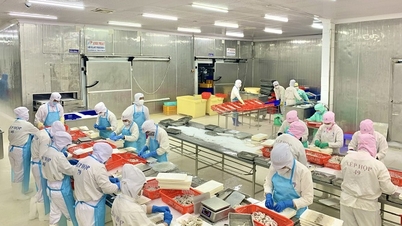

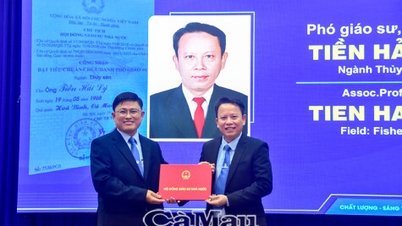
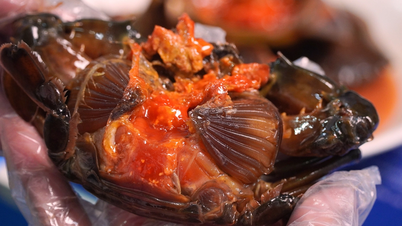

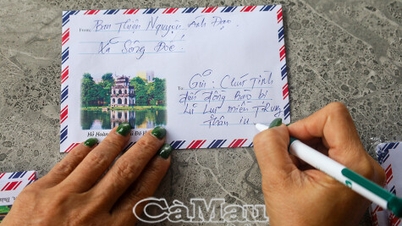
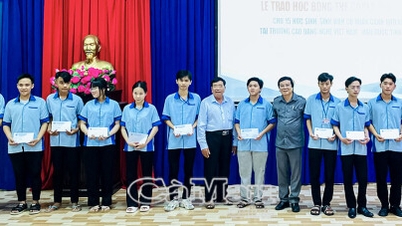
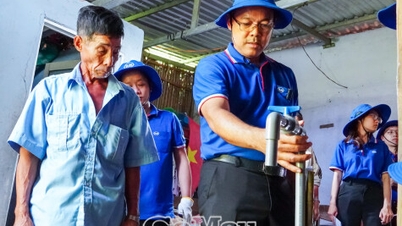
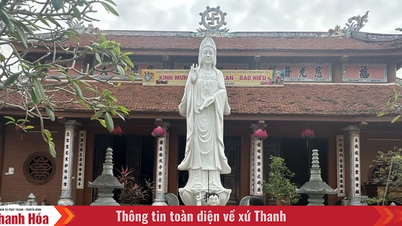



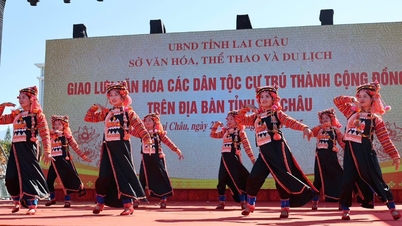

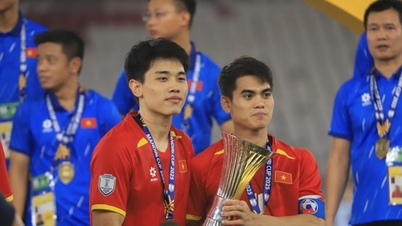








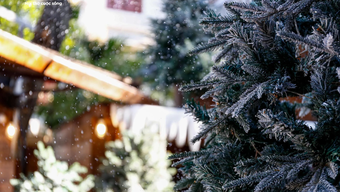
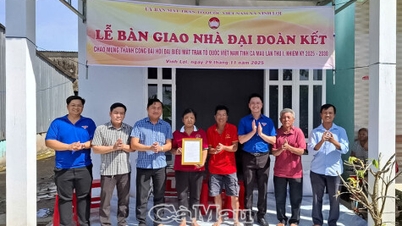
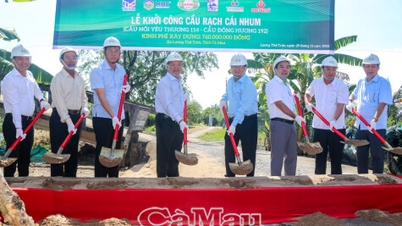
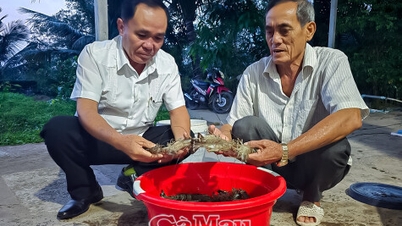
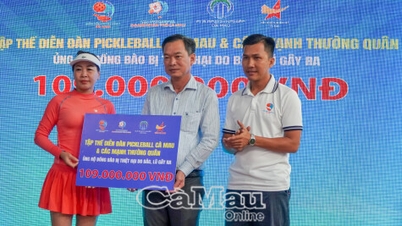

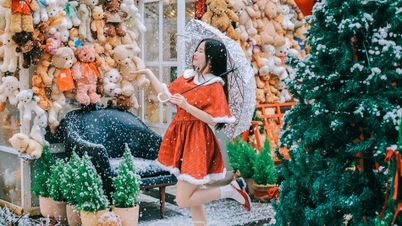


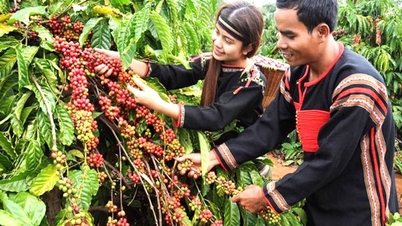

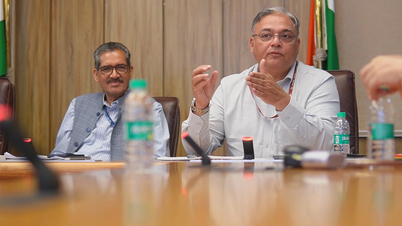

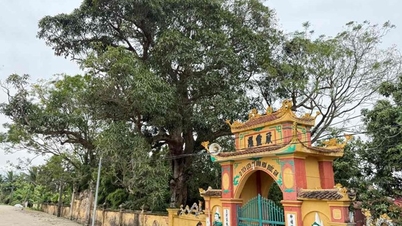

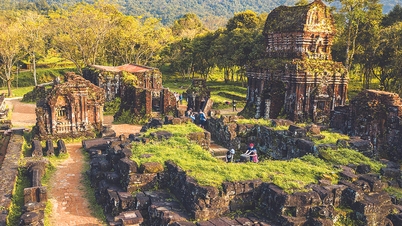

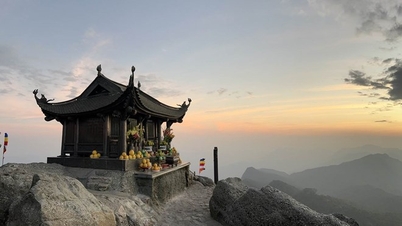


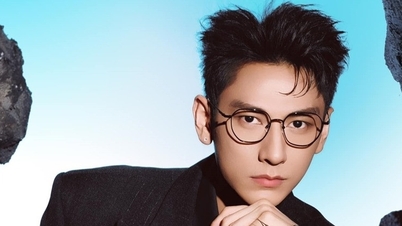

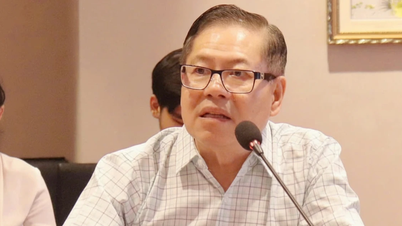



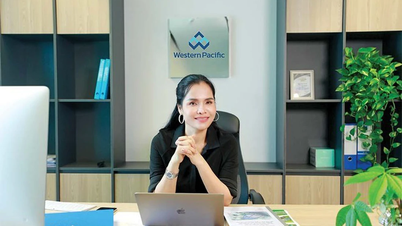

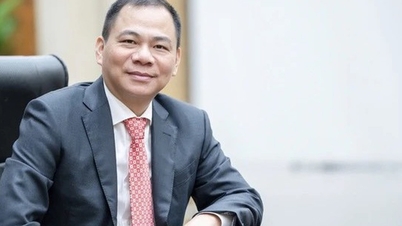


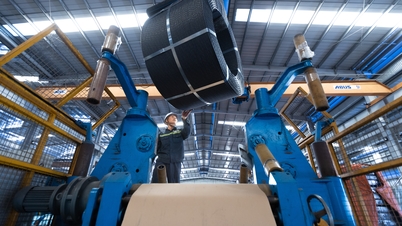

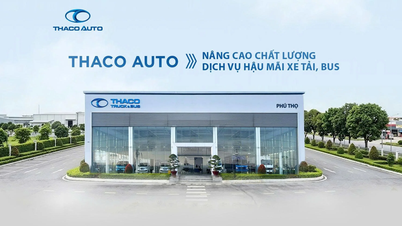

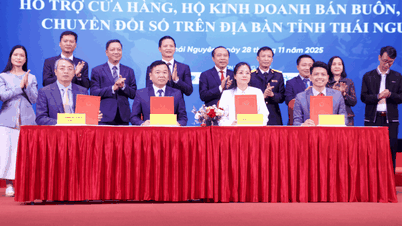
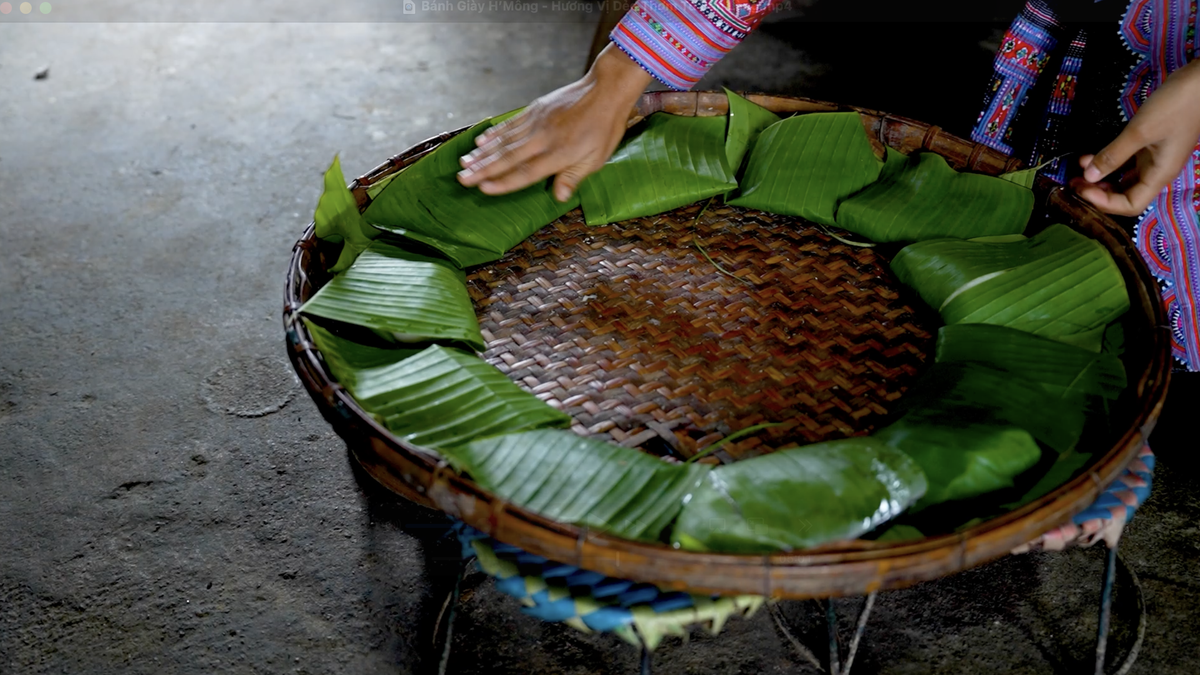
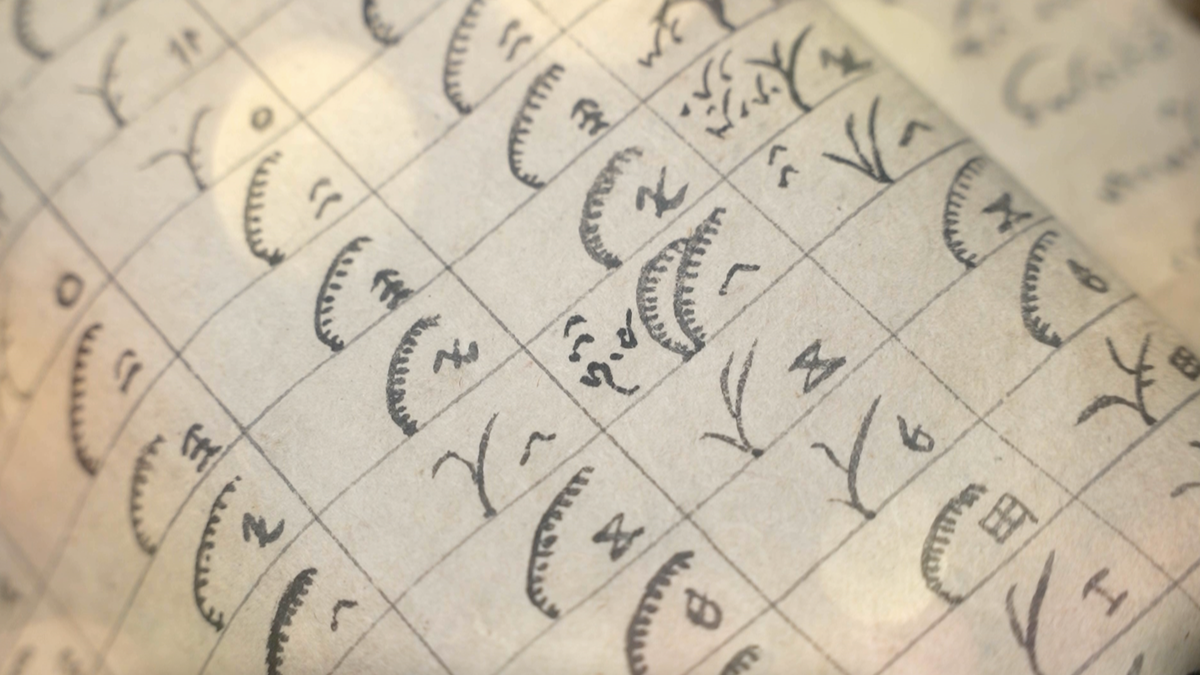
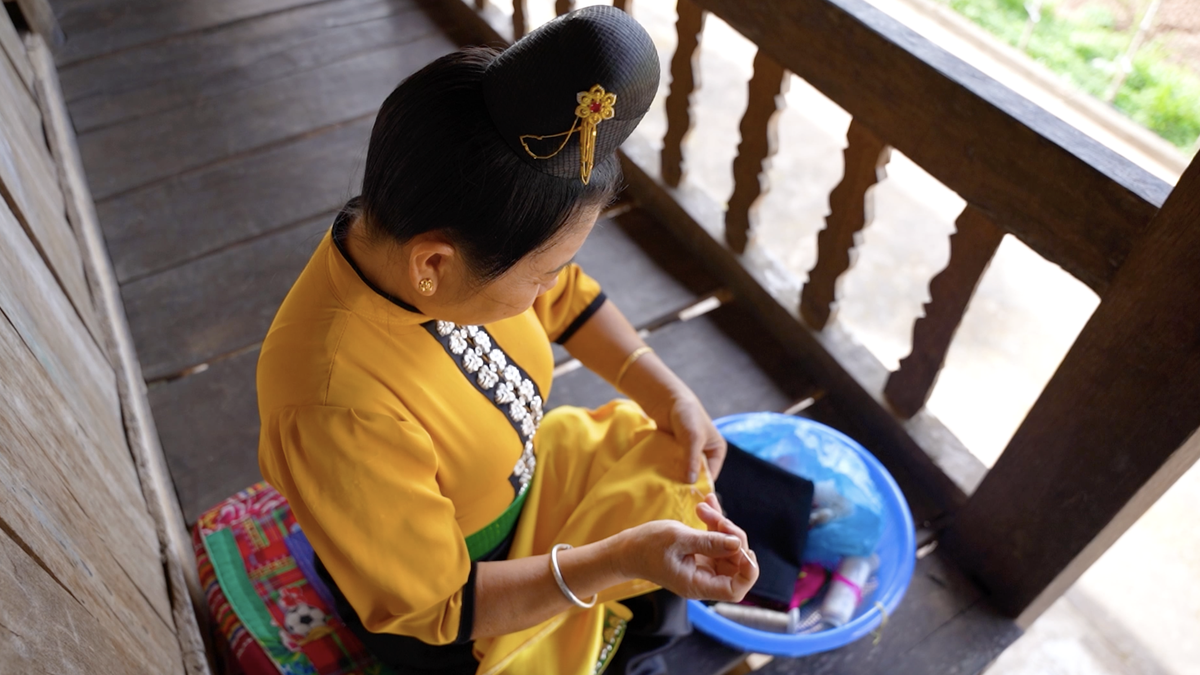

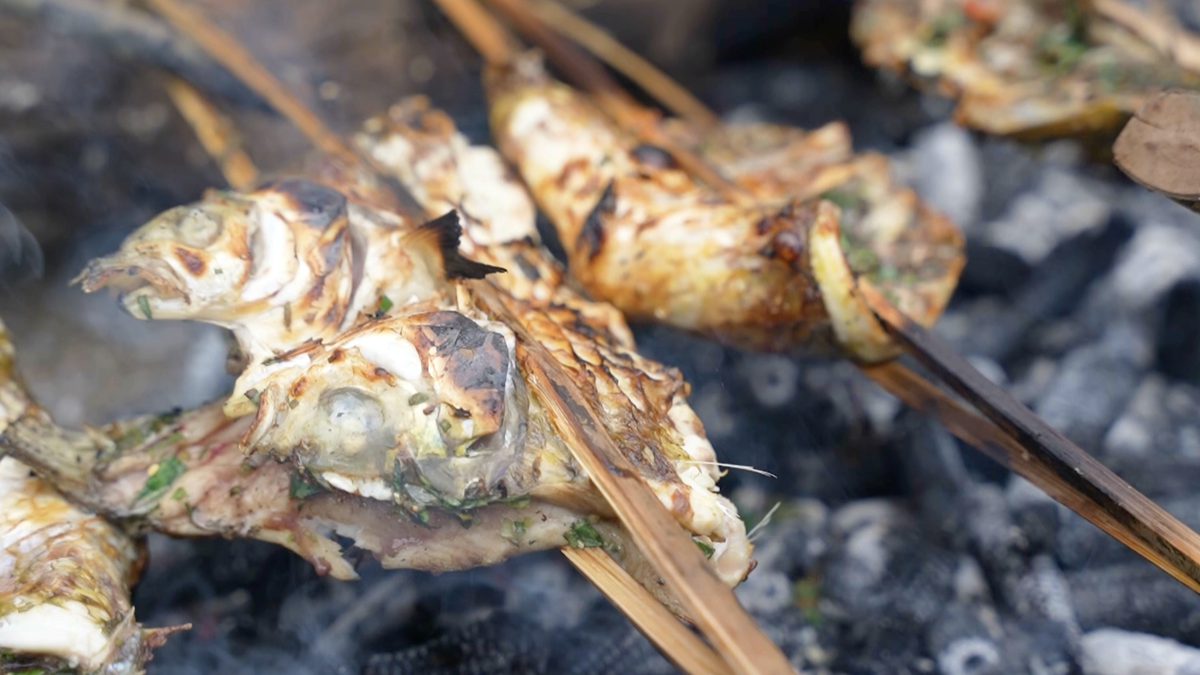

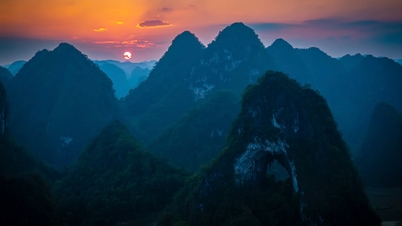

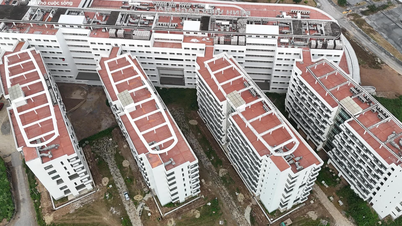

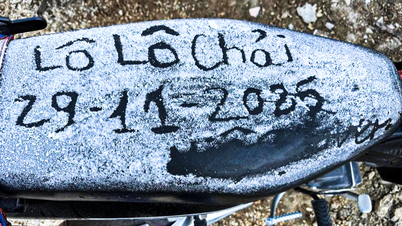
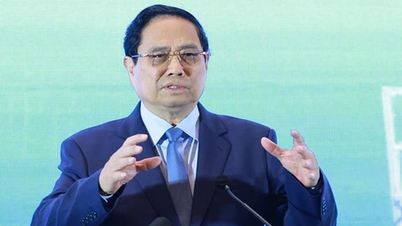
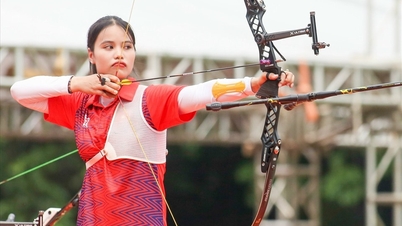
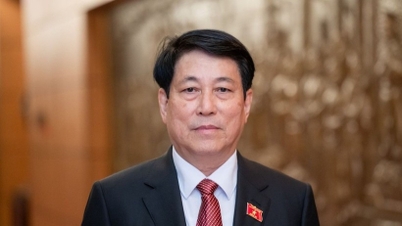




























Comment (0)